Graphic Design
Growing up in a restoration shop that focused on rare antique coin operated amusements allowed me a unique visual upbringing where I was exposed to all kinds of artistic treasures. This fueled my creativity from a very young age and propelled me into learning design software in middle school.
All American Baseball & Rock-Ola World Series Background Graphics
1931 when the US was coming out of the Great Depression, arcades has a new boom and with that the advent of the 5¢ arcade machines, and inflationary change from the penny arcade machines of old. One of the most popular games of the time was the All American Baseball made by the Amusement Machine Company. Though the company was short lived due to the founder’s death, a few examples of this machine survive today, somewhere less than 20, that is. The machine is quite impressive an includes some wonderful period graphics. Many of these originals have been restored by National Jukebox Exchange in Mayfield, NY. During my time with NJE, I was able to re-create the background graphics for this amazing machine. Not only did the graphics have to be accurate, they also had to line up with the machine properly presenting quite the challenge when missing half of the original graphics. The final file which spanned 61.5″ in width was almost too high complexity for my old Intel Mac in 2011.
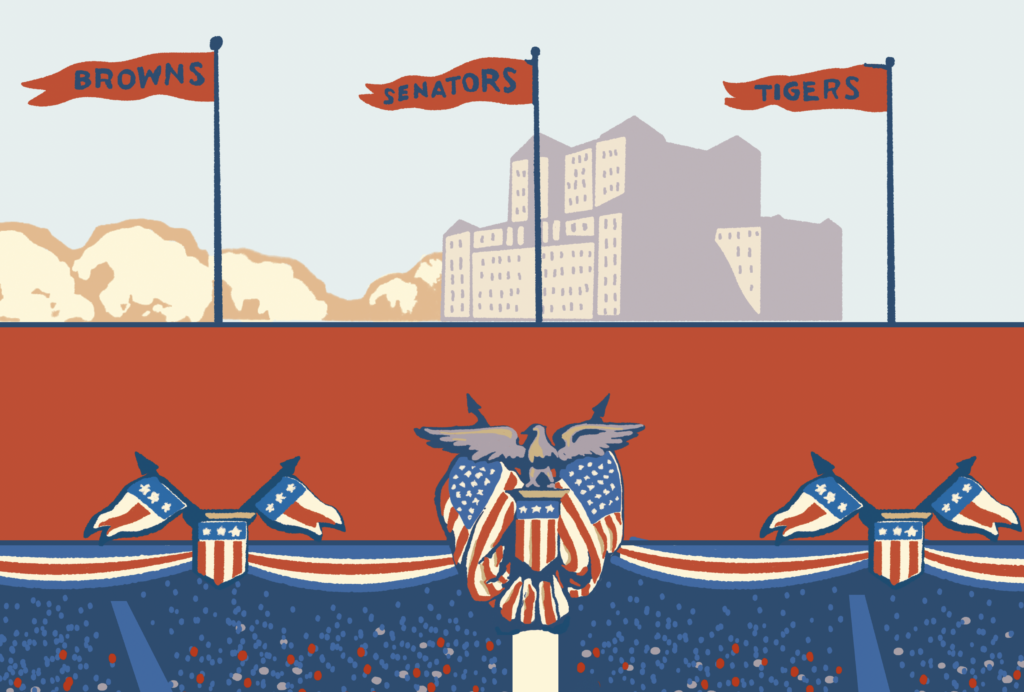
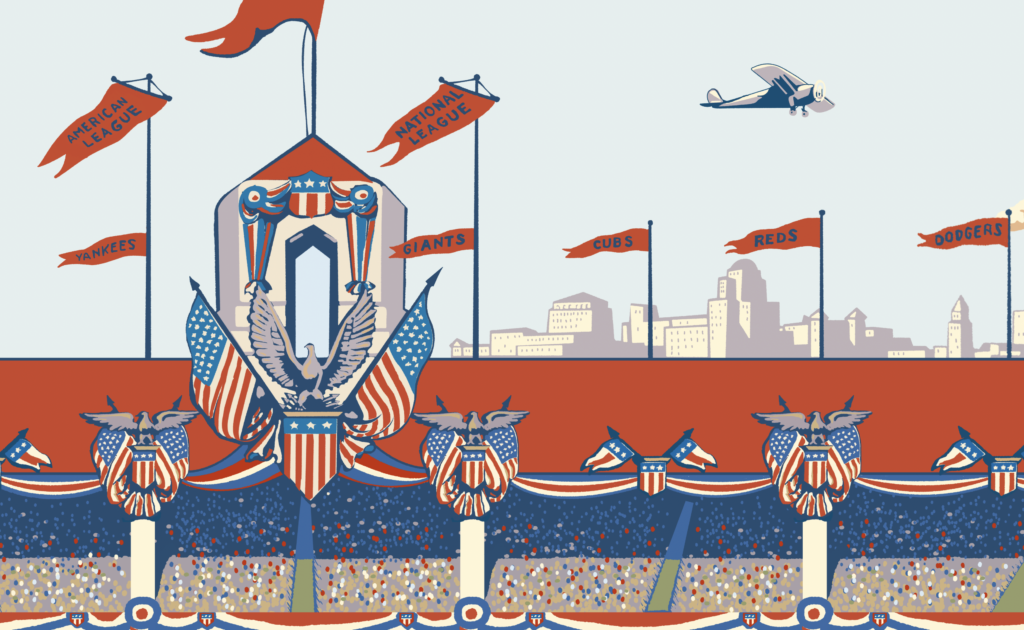

Rock-Ola Mfg Co., bought the tooling to remake the same machine under their own name in a more compact cabinet around 1937. With this different version came different graphics. Being a bigger company, Rock-Ola was able to produce more of these machines, however they are still rare but many need restoration and new graphics. All of the original Rock-Ola World Series machines have faded backgrounds such that only yellow and white remain. Below is the re-creation that I made.
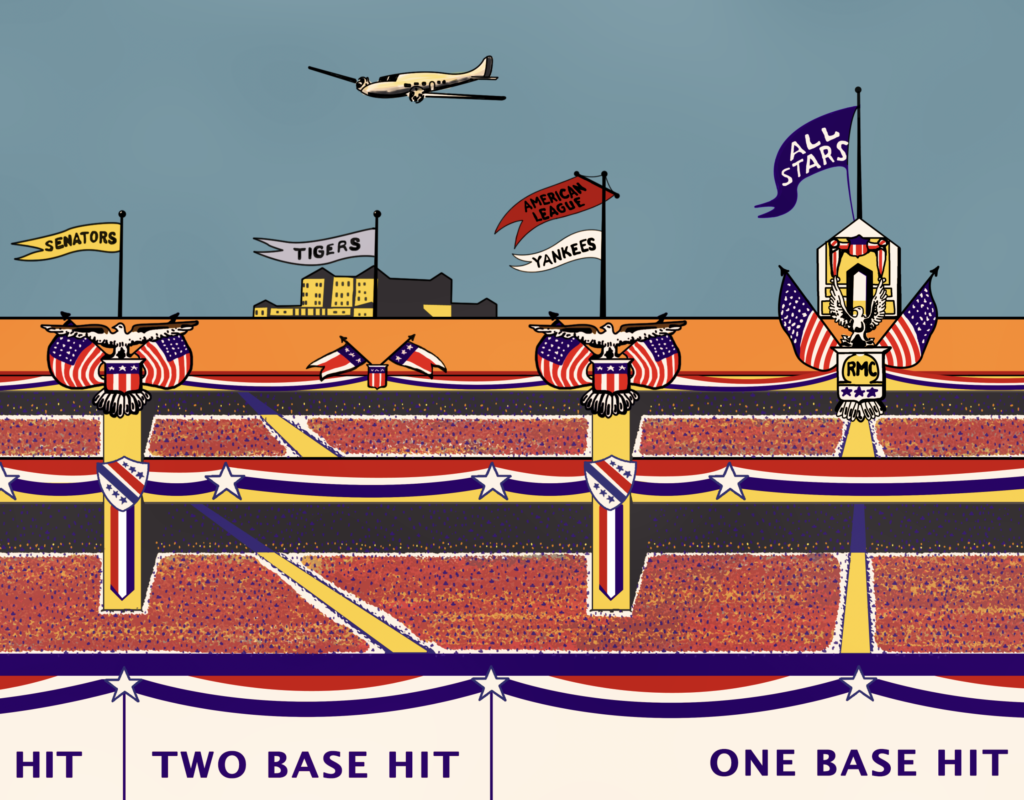
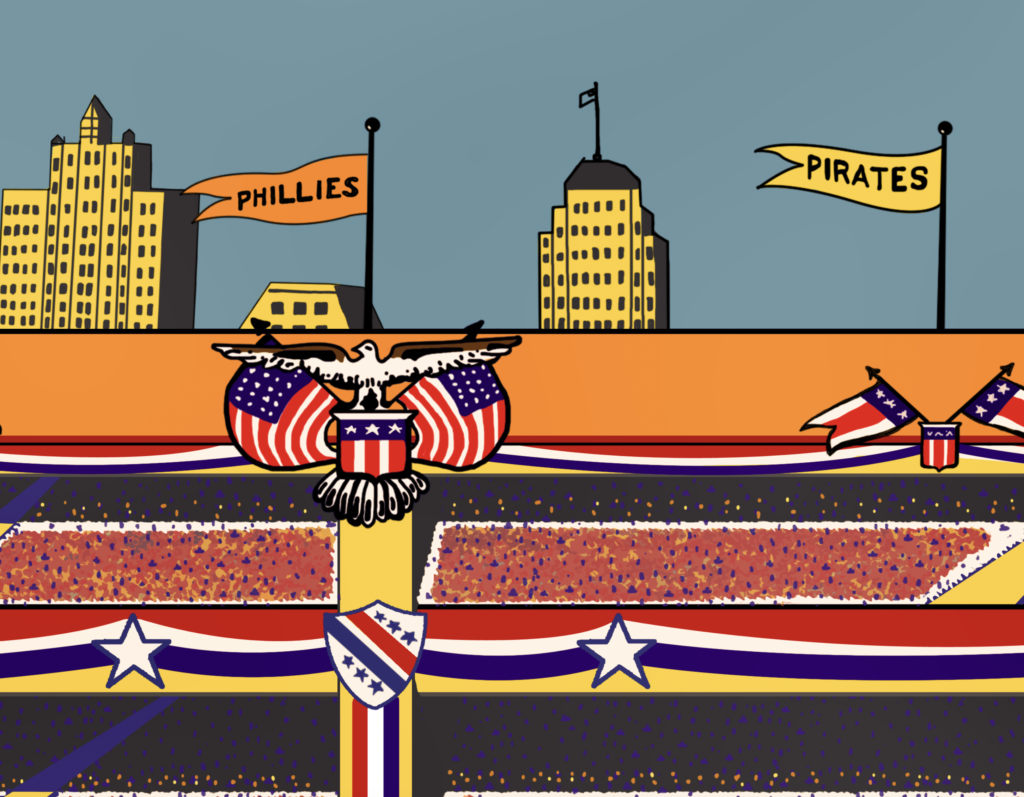

Often times with antique penny arcade machines, there are graphics reverse printed on glass which are heavily flaked and missing. I produced many projects with reverse printed glass, one such project is the below Mutoscope Career Pilot back glass.
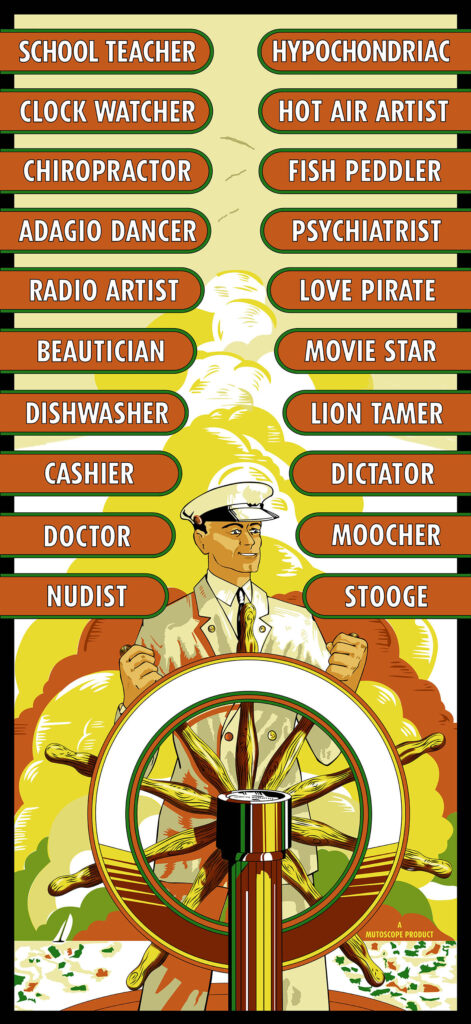
Early penny arcade machines often had hand painted details under the varnish on the wood. From time to time during restoration, these hand painted glyphs will be completely missing. As chance would have it, typically the only photograph of an existing graphic is about 4 pixels wide like the bottom right photo. When re-creating the Mills Roaring Lion Lung Tester, I had the fun opportunity to fill in the blanks for this graphic which was then hand painted on the cabinet by a skilled artist.
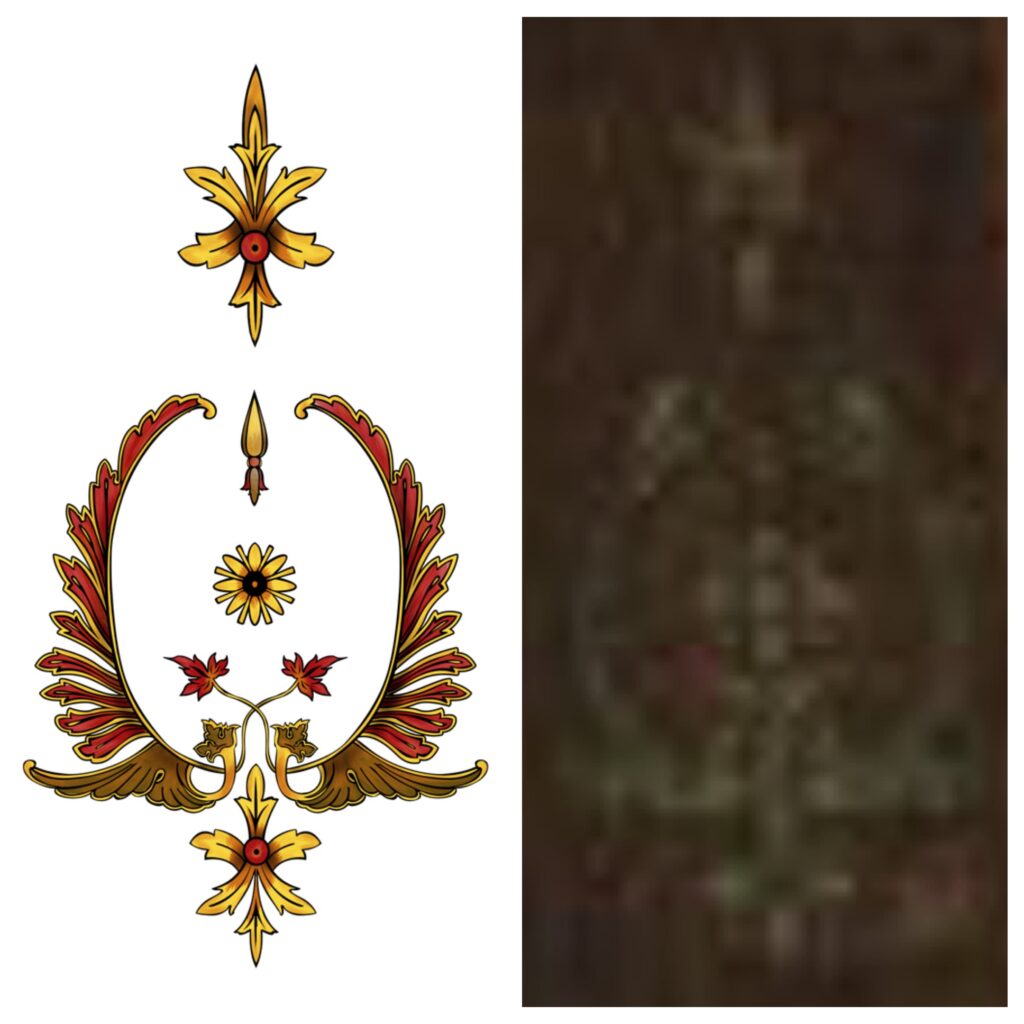
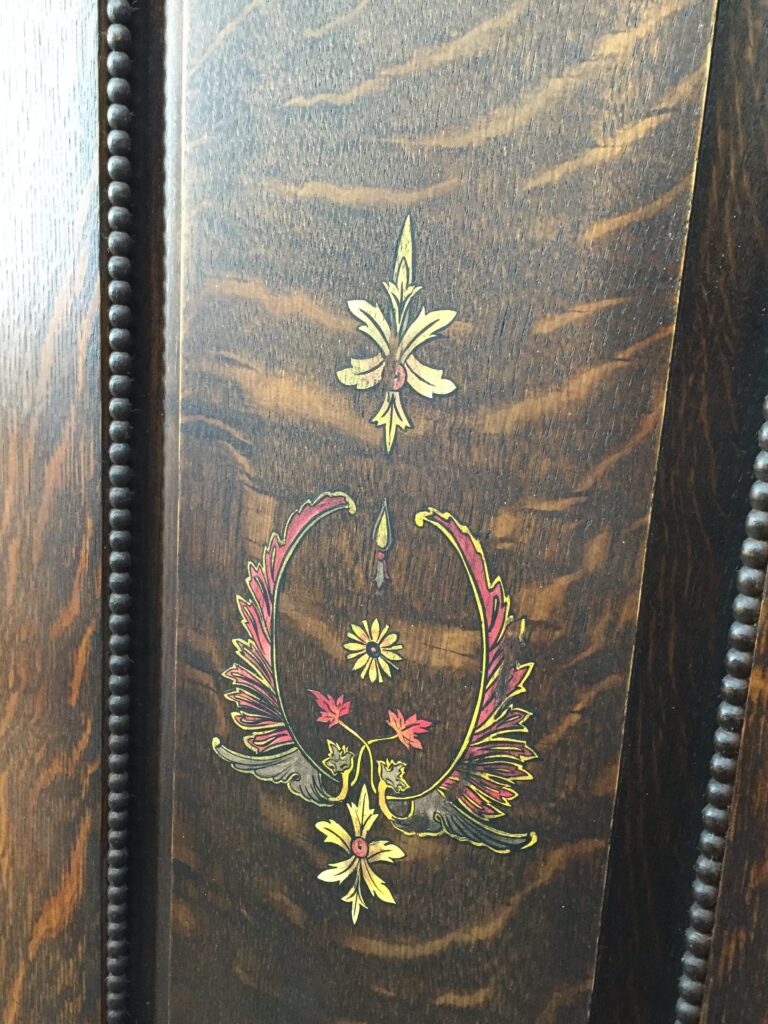
In the early 1900’s The American Mutoscope and Biograph Company produced thousands of arcade movie viewers that ran on flip card film reels. Today these machines still exist in limited numbers, and most are missing the marquee card. Over the years of my youth, I developed a system for digitally sign painting these marquee cards in the style of antique show cards from the same era. Below are some examples. (Click to enlarge). If you are in need of a custom Mutoscope Marquee card, I can make new ones to your specifications and your reel.
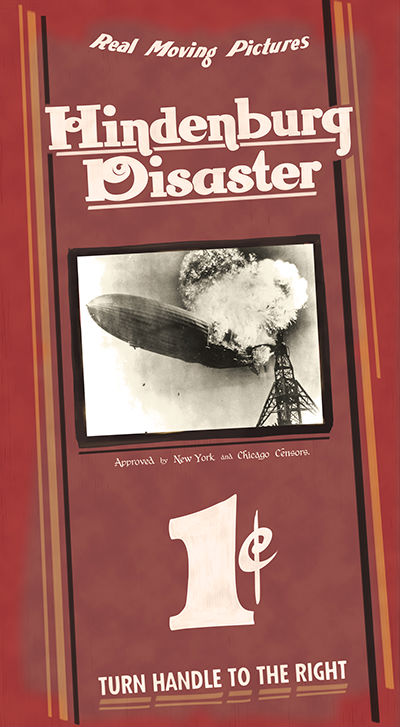
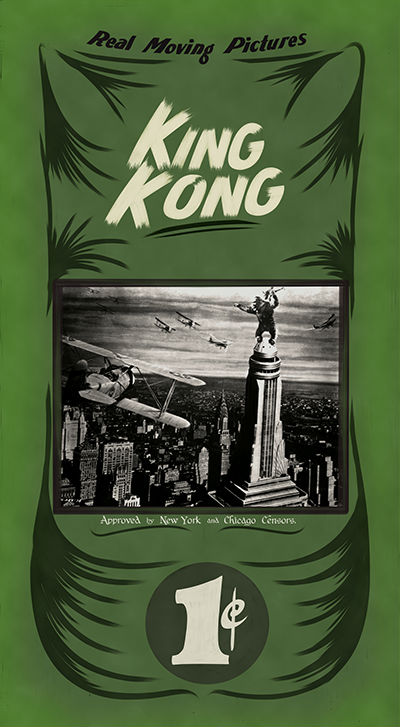
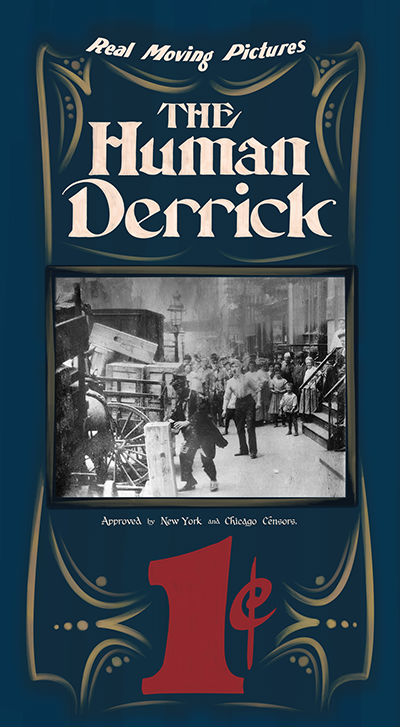

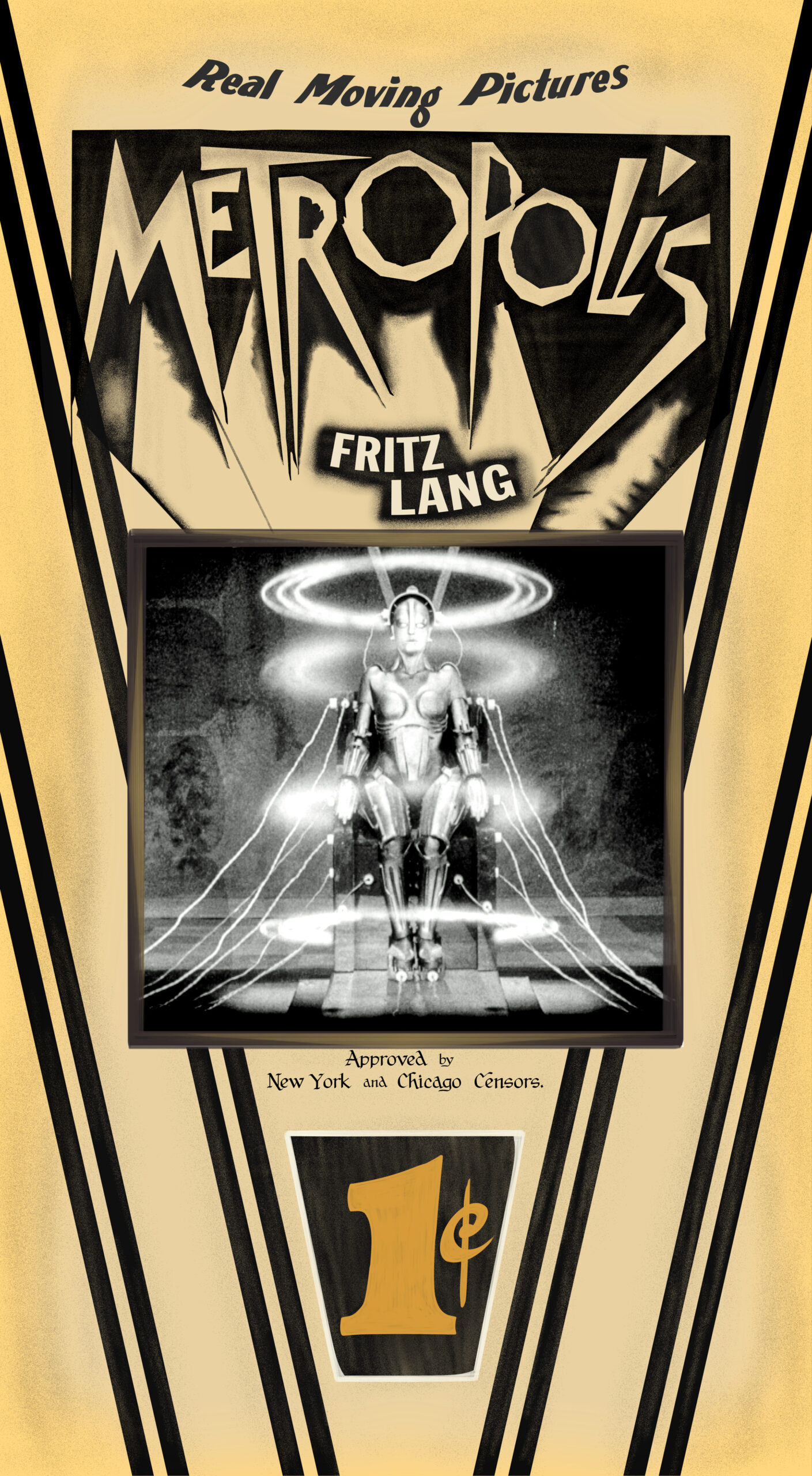
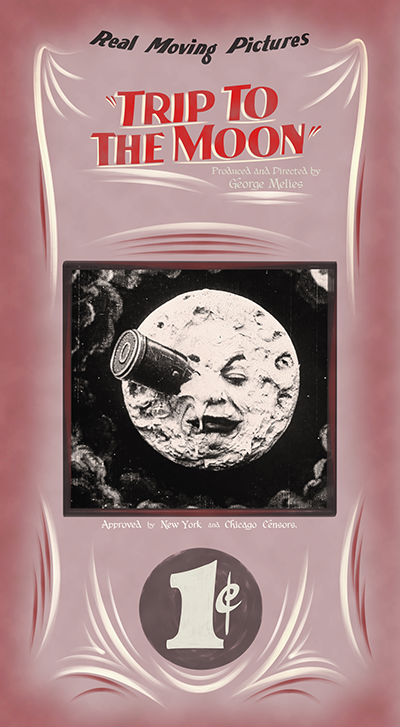
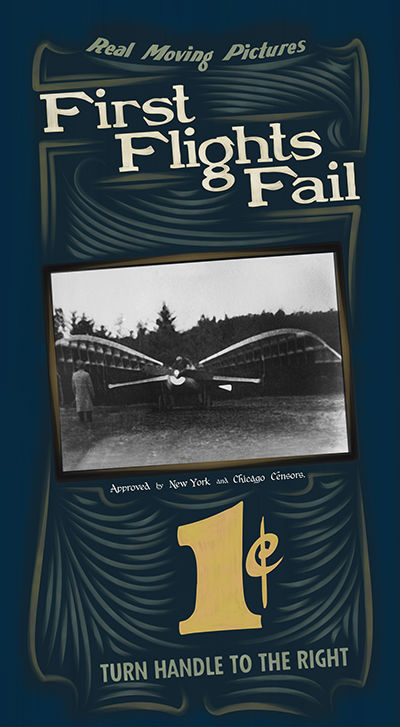
There were also times where other machines missing marquees and other graphics would need my help. Below is a sign that I digitally painted in high school for an English Football arcade machine from 1929.
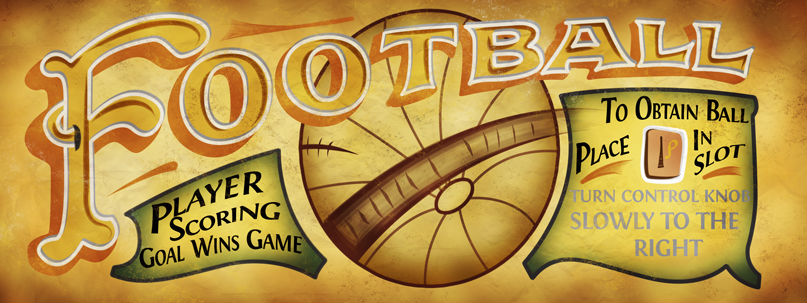
Below are more example of work I completed for National Jukebox Exchange between the years of 2005 and 2017, digitally re-creating artwork in various ways. When digitally re-creating dials from antique arcade machines, any graphic designer can make the graphics, however what sets mine apart is the authentic look that mimics the original so closely. Original dials were either printed on tin via lithographs or on paper with ink via a standard printing press around 1900. Most of the marquee signs of this day were hand painted. By recognizing this on a case by case basis, I was able to make the most accurate re-creations available to ensure the highest level of authenticity when the original printing method was out of reach for the shop.
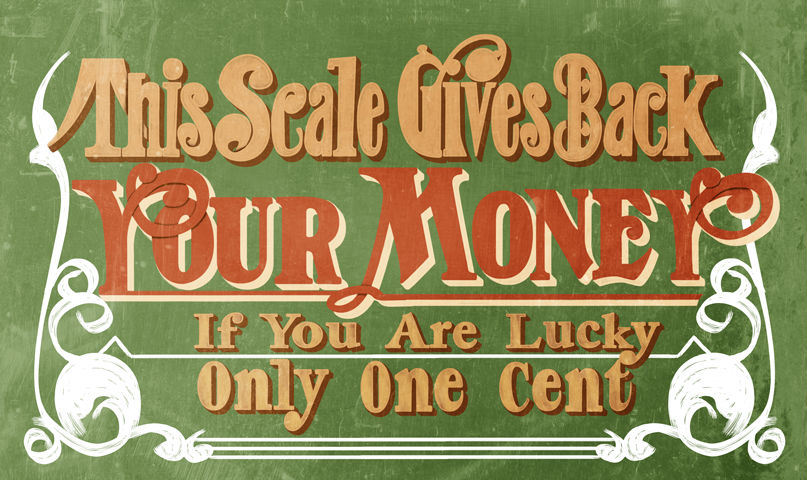
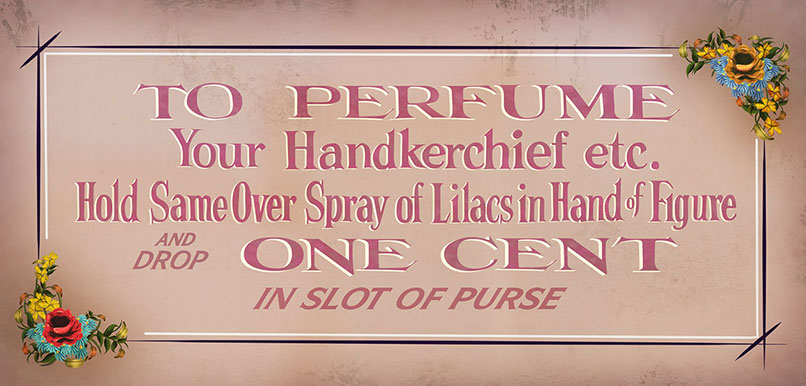


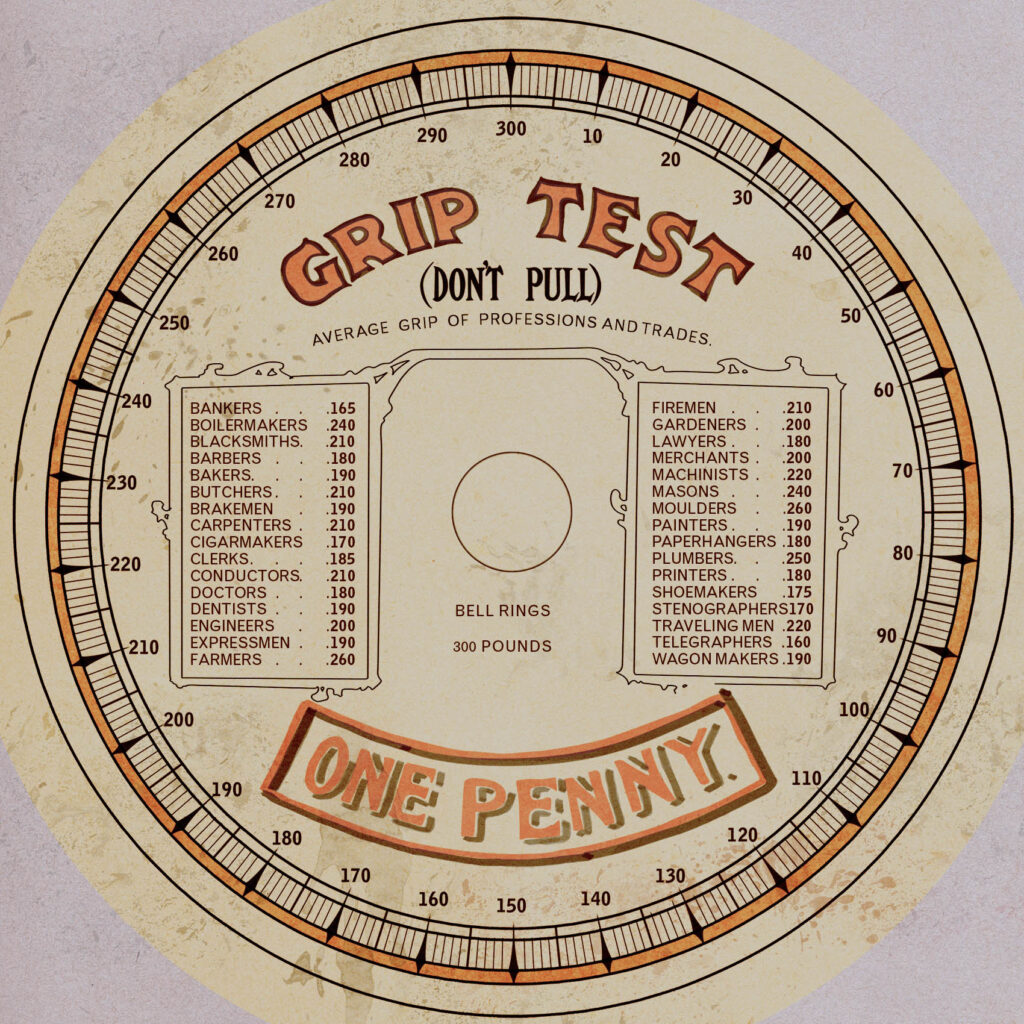
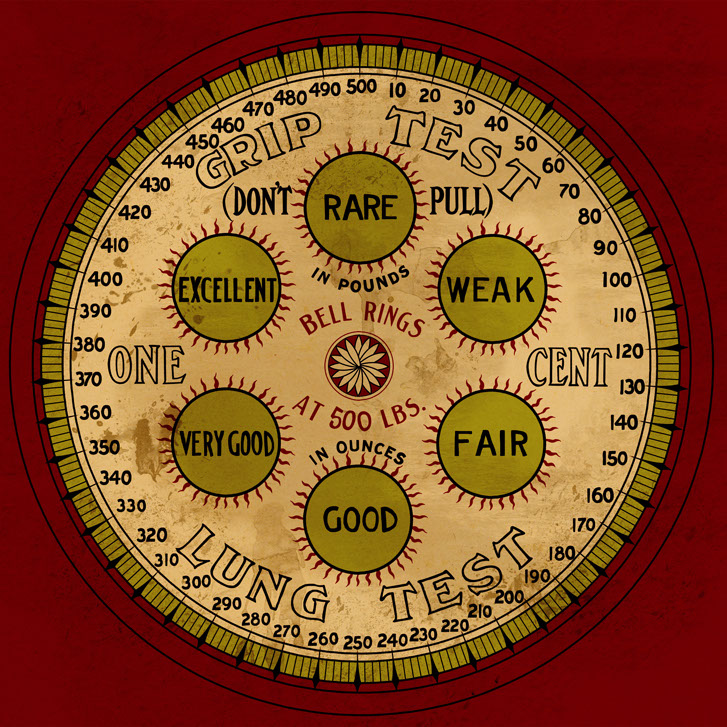
Below is a commission piece that I produced for a cosplayer friend, Maniac Mando.
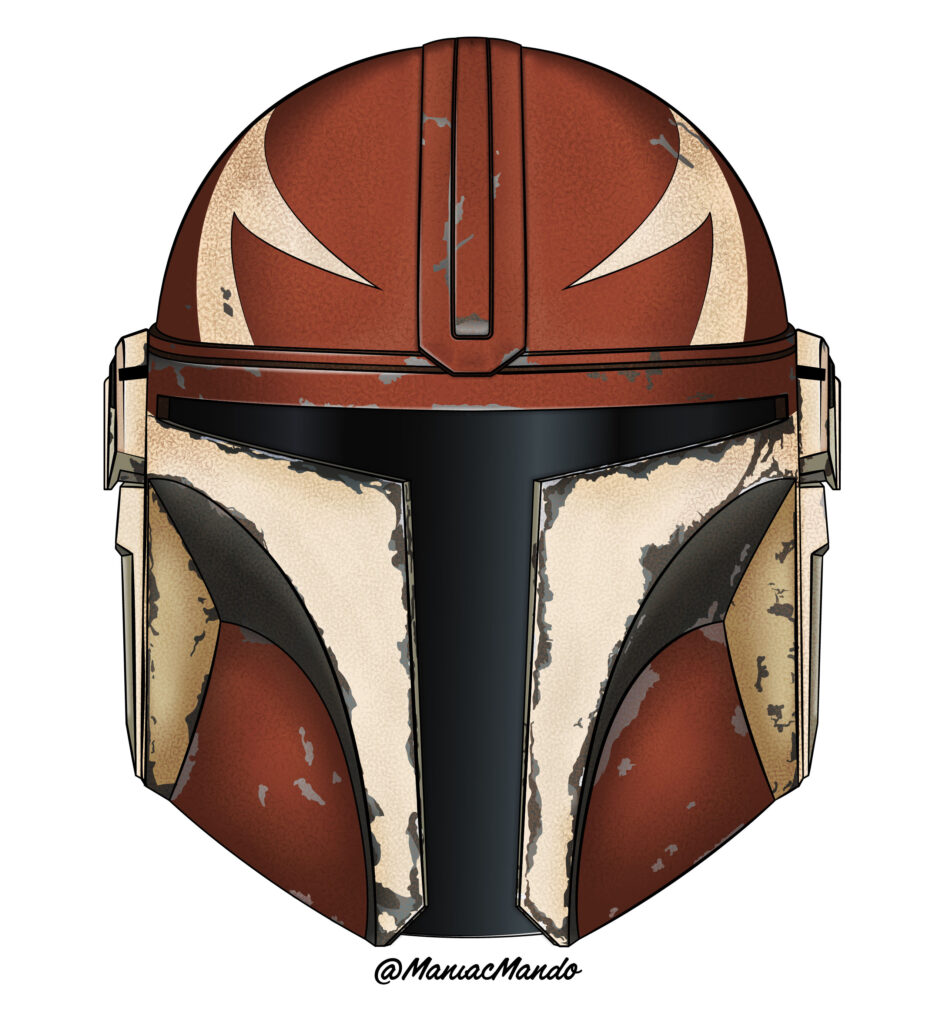
Moon Shot! – Original Creation Retro Arcade Machine
In 2023, I designed an arcade machine from top to bottom, inside and out. Below are some of the graphic design pieces I made to compliment the machine, including an advertising poster and a metal data plate for the back of the machine.
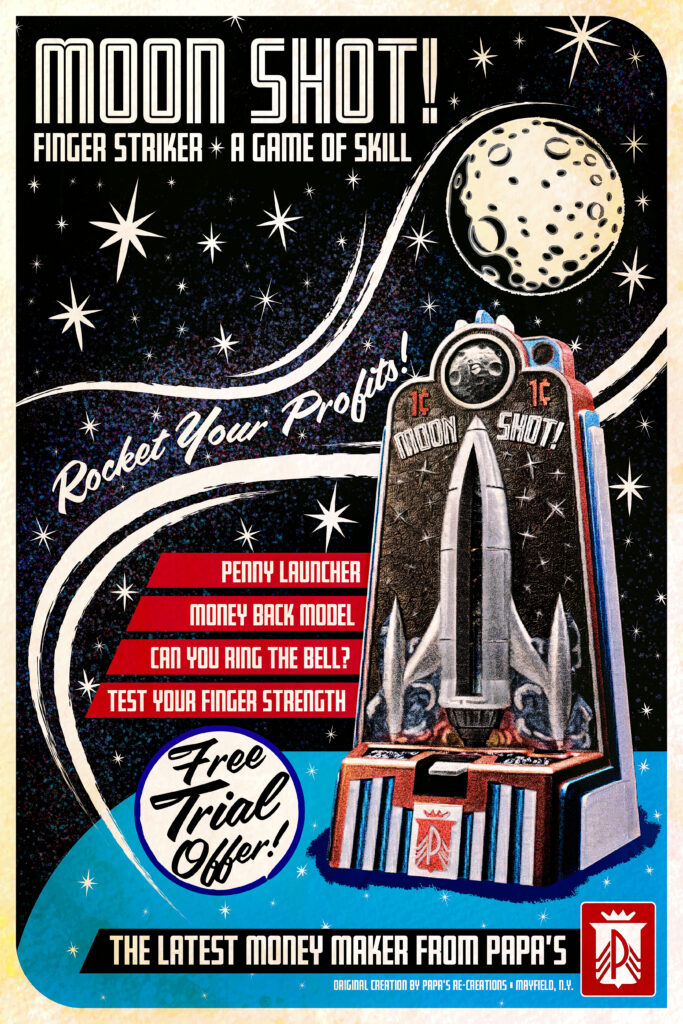
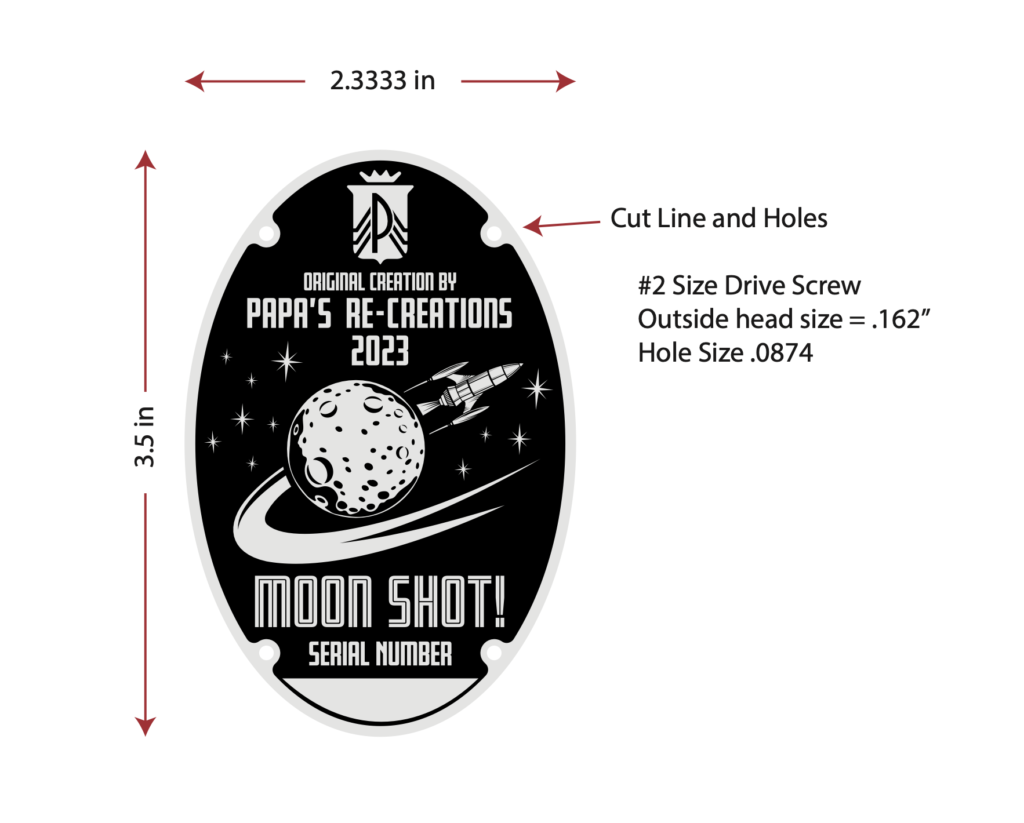
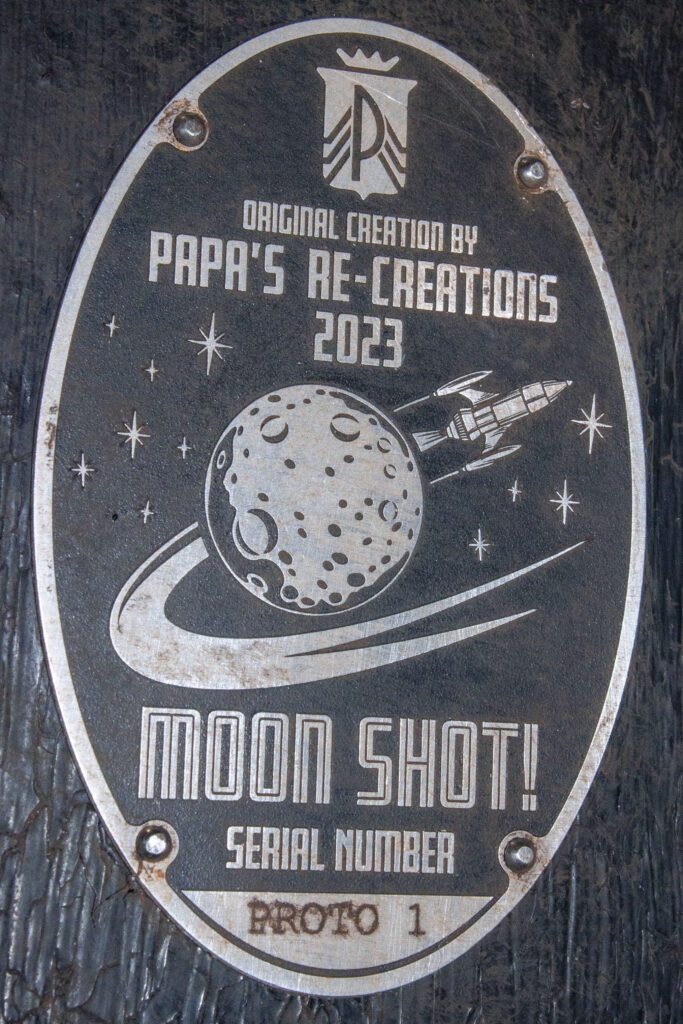
The finished and weathered Data Plate for the prototype machine.
Flying Turns Lithograph Re-Creation
Steeplechase Park, opening in 1897 by George C. Tilyou, was the first of three amusement parks in Coney Island, Brooklyn, New York. This amazing park was the home of a trackless rollercoaster named “Flying Turns,” designed by John A. Miller and built by John Norman Barlett. Being one of the main attractions, an early version of Flying Turns was featured at the 1933-34 Chicago World’s Fair, Century of Progress. In Steeplechase Park, the $50,000 ride opened in 1934 and only had a short 5 year lifespan as the result of a fire that destroyed the ride on September 14th 1939.
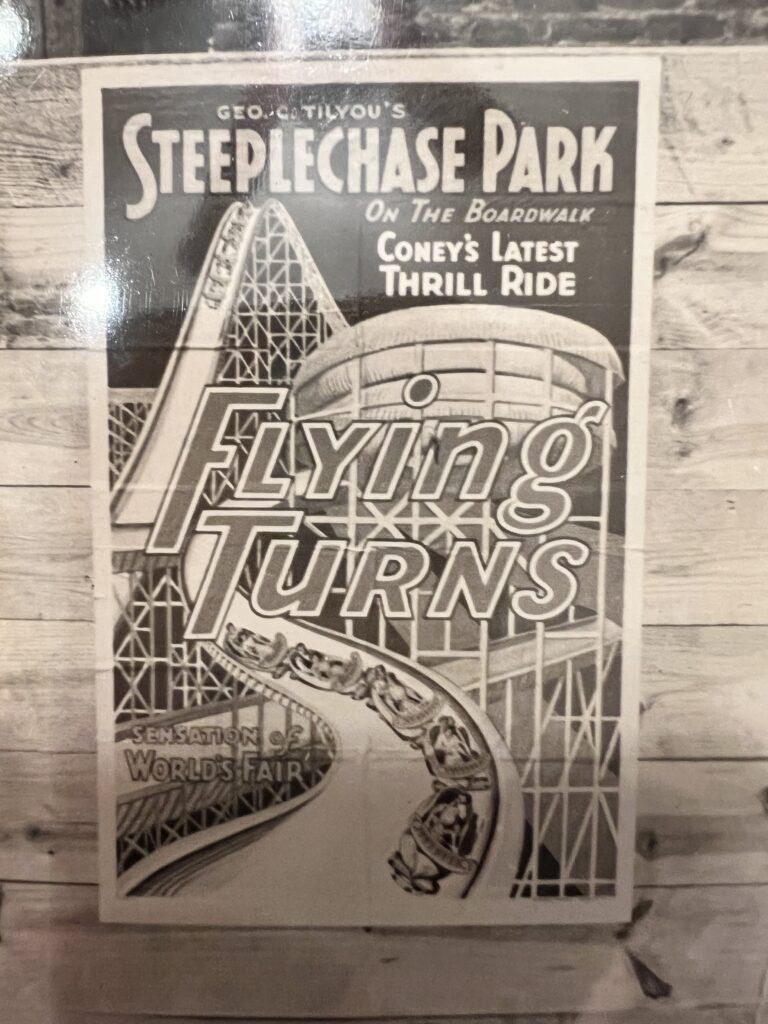
Today a remnant of this fantastic ride remains in the form of a small 3” original photograph from the 1930s, picturing a lithograph advertisement of the ride. When I saw the photograph I fell in love with the stunning art and composition of the lithograph. Knowing that this lithograph more than likely doesn’t exist today as it looked to be glued to a fence, I decided to re-create the it using what information I had to go by.
Here you can see the result of this re-creation. About 80 hours went into the execution of this poster with special attention paid to the original details of the artwork. Since the original colors are unknown, using a greyscale color study, some colors could be assumed.
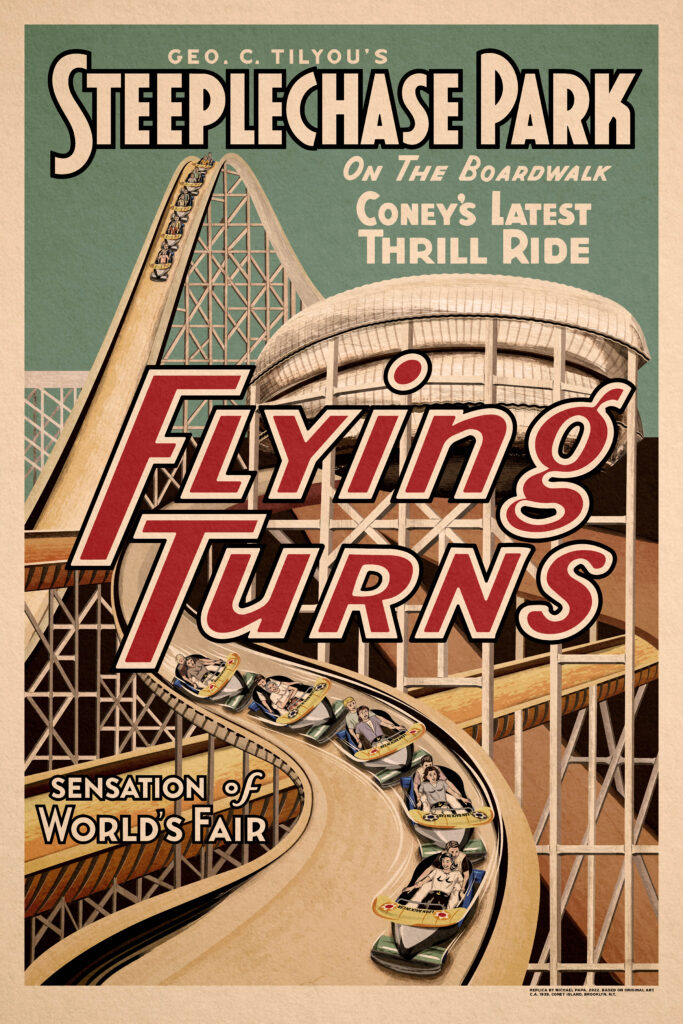
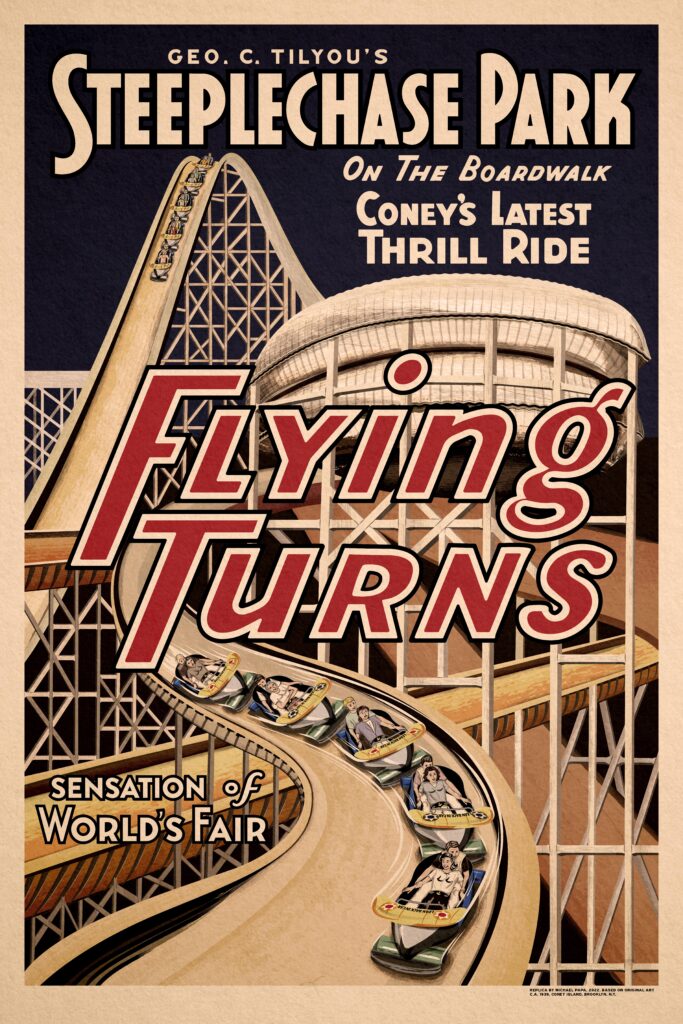
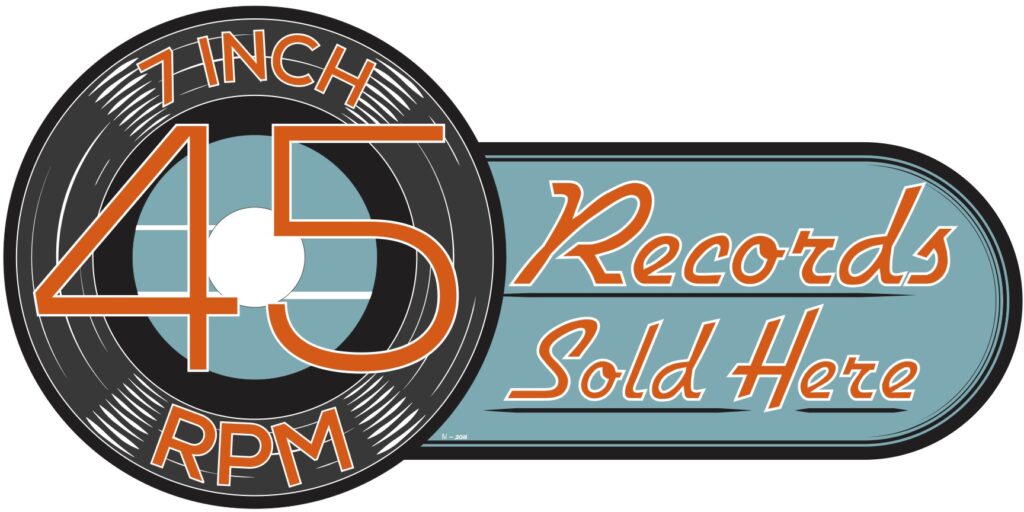
I love old signs, particularly porcelain signs. Around 2016, I connected a few “fantasy” porcelain signs with the intention of producing limited runs of signs. Unfortunately the cost was too high at the time so these were never produced.

